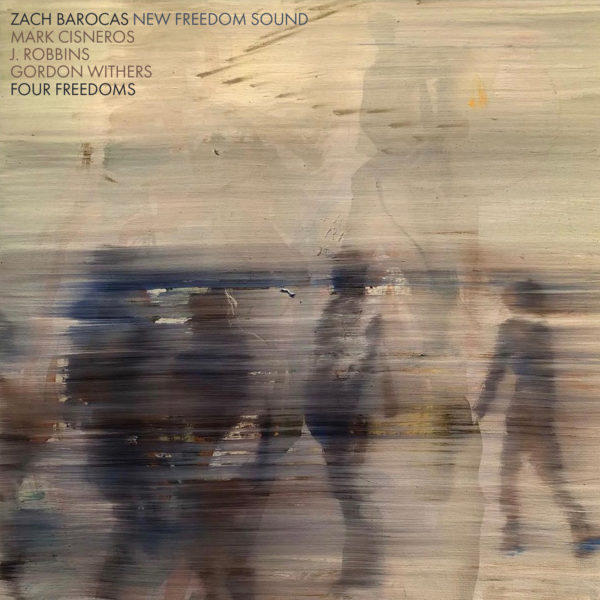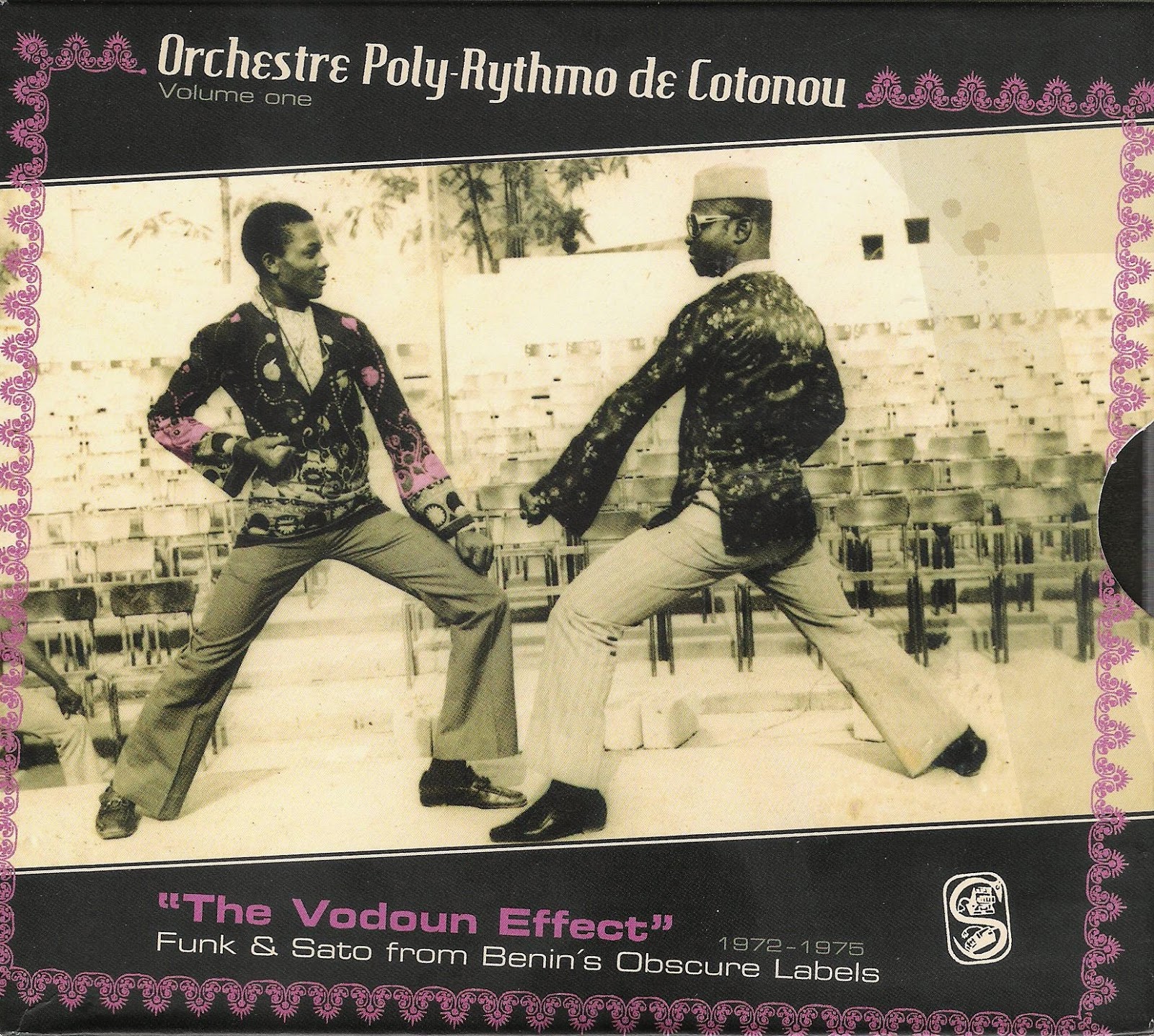
On March first of this year, not a note of this music existed. I had much of it in mind one way or another for some time but didn’t know where to start or how to capture it. It came to me, finally, that I could put together a modest but effective studio, sing the primary chords of each piece, record them over basic drum tracks, and send the results to cellist Gordon Withers. Gordon then sent me his cello ideas for each piece, frequently several at a time, which I edited and shaped into skeletal versions of enumerated compositions eventually called “Freedoms.” From there, the sketches were sent to J. Robbins and Mark Cisneros, and we all met at Magpie Cage in Baltimore to record their ideas and improvisations. I finished the pieces back at my studio, sent the files to J. for mixing and Dan Coutant for mastering and that is the story of these recordings.
“But why ‘Freedoms?’ Freedom from what?” one might ask. Freedom from oneself, perhaps, as one is freed when captivated by acts of creation; freedom from the limitations one has habitually and wrongly set for oneself; freedom from the despair and fear of the cascading and escalating crises of the last several years and especially the last couple of years. These freedoms are temporary, of course, and rarely concurrent. But they are at times all we have, and it seems suitable if humble tribute to capture and share some of their spirit in music.
Thank you for listening. I hope you enjoy it.
